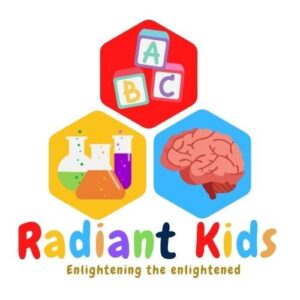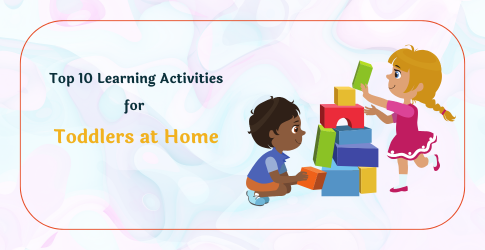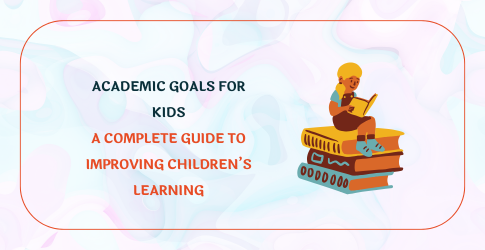As parents, we all want our toddlers to learn, grow, and explore the world around them while having fun.
In this blog, we’ll look at the best learning activities for toddlers at home, discuss why sensory play is important, cover how to start fun developmental activities, and share ideas to support toddlers with autism or those who need help with fine motor skills
What Are Learning Activities for Toddlers?
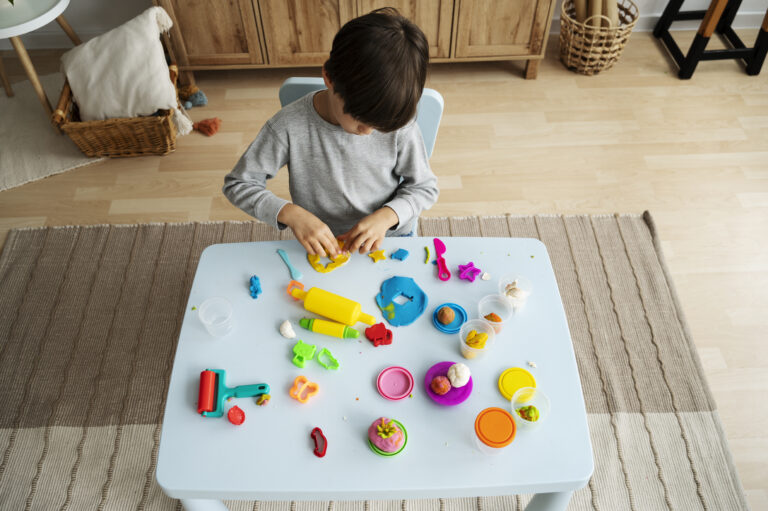
Learning activities for toddlers are nothing but the hands-on experiences that help your child develop important skills like:
- Problem-solving
- Sharpen their memory
- Fine and gross motor skills
- Language and communication
- Sensory exploration
- Creativity and imagination
No expensive toys are required for such activities, you can use day to day household items to create meaningful playtime.
Why Sensory Activities for Toddlers Matter?
Sensory activities involve touching, smelling, tasting, hearing, and seeing different things. They stimulate your child’s brain and help them understand textures, sounds, and colors. This is the foundation of learning.
Here’s why sensory play is essential:
– It builds neural connections that support brain development.
– It improves focus and attention span.
– It helps toddlers manage their emotions, calming frustration or excitement.
– It encourages language development by allowing them to describe what they feel or see.
How to Do Activities for Toddlers at Home
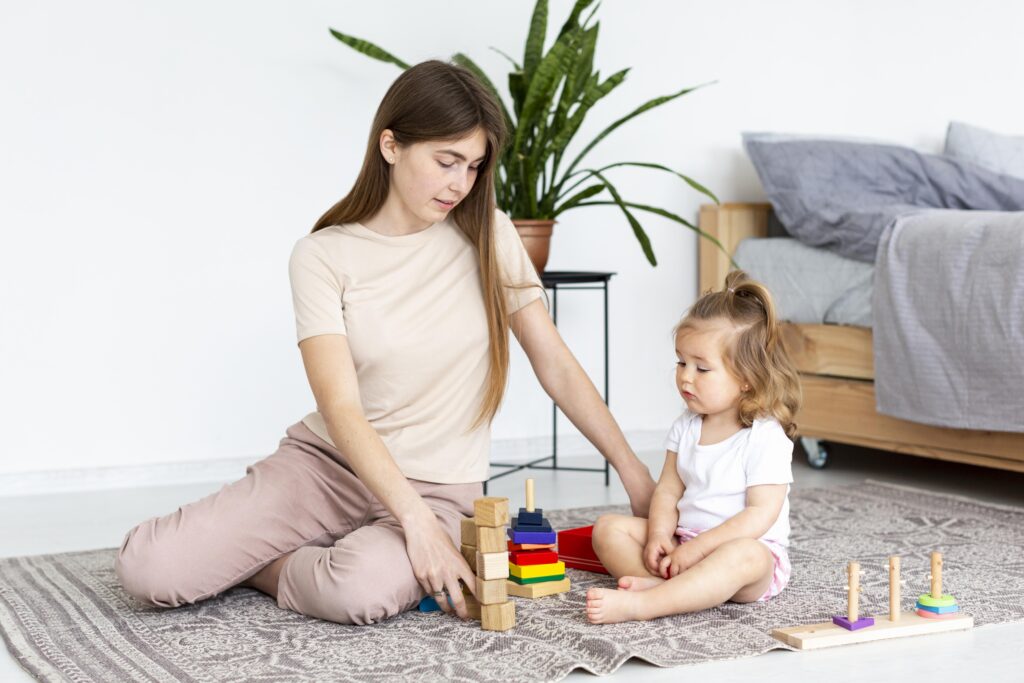
Before getting into, here are some of the tips for setting up learning activities for kids safely and effectively:
- Create a play zone having a small corner with a mat or table for messy play.
- Rotate toys and materials weekly to maintain excitement.
- Let your child follow their interests and curiosity.
- Avoid screens during activity time to improve focus.
10 to 20 minutes per activity is perfect for toddlers.
Top 10 Learning Activities for Toddlers at Home
1. Sensory Bin Exploration
Fill a box with safe materials like rice, pasta, cotton balls, or sand. Add scoops, cups, and small toys.
Benefits: Develops fine motor skills and sensory awareness.
2. Water Play Fun
Provide a small tub of water, plastic cups, and spoons. Let your toddler pour, splash, and measure, keep supervision in mind during this activity.
Benefits: Teaches concepts like volume, cause-and-effect, and improves hand-eye coordination.
3. Sorting and Matching Colors
Use colored bowls and matching blocks, buttons, or pom-poms. Ask your child to group by color. For a variation, sort by size or shape to make it more challenging.
Benefits: Enhances visual discrimination, sorting, and problem-solving skills.
4. Sticker Fun or Dot Markers
Let your toddler place stickers or use dot markers on paper to form shapes, letters, or animals.
Benefits: Strengthens fine motor control and focus.
5. DIY Obstacle Course
Use cushions, tunnels, or chairs to create a mini indoor course.
Benefits: Builds gross motor skills, balance, and coordination.
6. Story Time with a Twist
Read their favorite story and act it out together using toys or puppets. Keep asking open-ended questions like “What happens next?” or “How does the bear feel?”
Benefits: Boosts imagination, memory, and language development.
7. Musical Movement
Play gentle tunes and encourage dancing, clapping, or drumming on boxes.
Benefits: Enhances rhythm, coordination, and emotional expression.
8. Fine Motor Skill Activities
Thread large beads onto shoelaces, tear paper into shapes, or use tongs to pick up small items.
Benefits: Strengthens hand muscles and prepares for writing later on.
9. Nature Hunt
Take your toddler to the balcony, garden, or park. Ask them to find things like “something green” or “a round leaf.”
Benefits: Promotes observation, vocabulary, and love for nature.
10. Playdough Creations
Homemade or store-bought playdough can be rolled, squeezed, and shaped endlessly.
Benefits: Improves muscle strength in little hands and encourages creativity.
Activities for Toddlers with Autism

For toddlers on the autism spectrum, learning activities should be structured yet flexible, helping them feel safe while exploring new sensations.
Here are some helpful ideas:.
- Sensory bottles: Fill clear bottles with glitter, beads, or colored water for visual calm.
- Weighted play items: Small bean bags provide sensory comfort.
- Repetitive games: Stacking cups or sorting toys create predictability and build confidence.
- Music and rhythm: Gentle tunes aid emotional regulation.
Always celebrate small achievements and give breaks if your child feels overstimulated.
Activities to Develop Fine Motor Skills
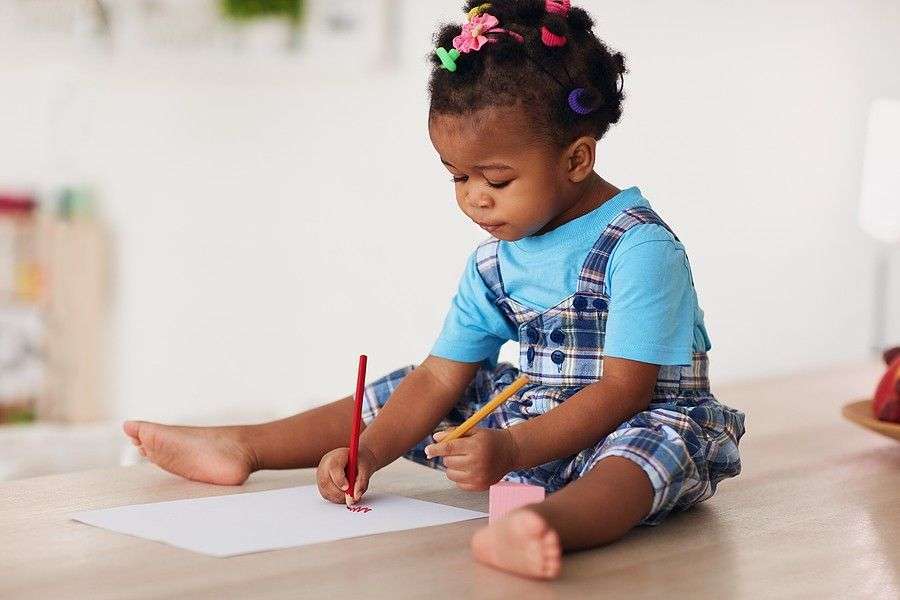
Fine motor skills are essential for writing, dressing, and self-care. Here’s how to help your toddler strengthen them:
- Squeezing sponges in water play
- Transferring beans with a spoon
- Peeling stickers
- Building with soft blocks
- Drawing with crayons or chalk
Encourage patience and praise their effort, not perfection that builds confidence.
What Are Fun Activities for Toddlers?
The best fun activities for toddlers are those that mix learning with play. Anything that makes them laugh, think, or explore counts! Examples include:
- Dancing games
- Bubble chasing
- Pretend cooking
- Matching animal sounds
- Balloon toss
Conclusion
Toddlers are curious explorers who learn best through touch, movement, and imagination. As parents, your involvement is more important than any fancy toy or screen.
By including these 8 simple learning activities for toddlers at home, you will strengthen their fine motor skills, sensory awareness, and emotional growth. You will also create priceless bonding moments every day.
So, grab those household items, roll up your sleeves, and start exploring. Your home is already the best classroom your toddler will ever have.
